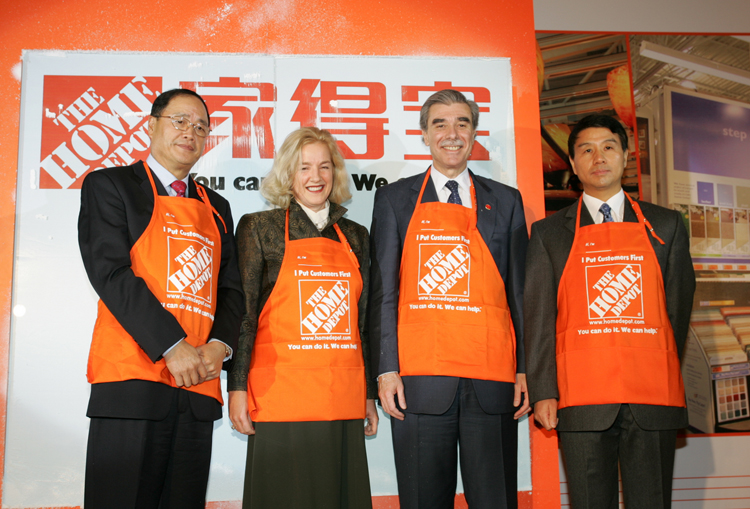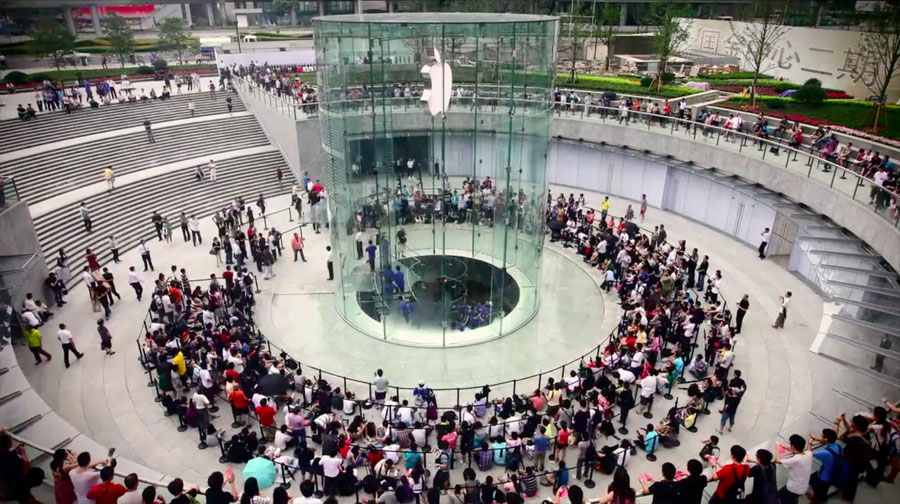After launching into the Chinese market for the sixth year, Home Depot, the second largest American retail store, marked its failure and retreated from the market by shutting down seven stores. Reports show that the Chinese Home Depots suffer a few million dollars of deficit every year. Even though the company did make attempt to reposition itself by opening up an online store, the endeavor to change was already too late.
I agree with Luna Tsoi “Home Depot misread the market’s appetite for do-it-yourself products.” China, a country with a population of over one billion, has a large amount of labor force, which lower the price of laboring. As a result, many Chinese consumers would prefer hiring help for renovation and maintenance than purchasing construction product to work on their own. However, the problem of the misread in appetite should not be fatal. Ikea, an international home product retail company that also focus on DIY, is successful and popular in Chinese market. Also on the other hand, Home Depot does provide renovation services to satisfy a variety of consumer need. However, according to the response of Chinese consumers, what disappointed them the most was quality of the service. There are deceptions in the contract and the result is not satisfying.
Another core problem that lead to the failure is the competition in the niche. There are a lot of existed construction product retail store in China. Even though they might not be as organize in terms of management, these small retail stores sell products with satisfying quality at a much lower price. Home Depot, without other outstanding point of difference, fails to attract consumers.
The point that I have contrary agreement with Luna Tsoi is “Home Depot has unappealing physical location.” Many Home Depots, in fact, were surrounding by residences. In the end, it is the high retail price and disappointing services that drew away customers. Home Depot failed to follow its slogan “More saving. More doing” in the Chinese market and it eventually led to its retreat.
Source:
http://online.wsj.com/article/SB10000872396390444433504577651072911154602.html
http://www.businessinsider.com/ikea-home-depot-china-failed-2012-9
http://jiaju.sina.com.cn/news/zt/jdb/
http://tieba.baidu.com/f?fr=bk&kw=%BC%D2%B5%C3%B1%A6


